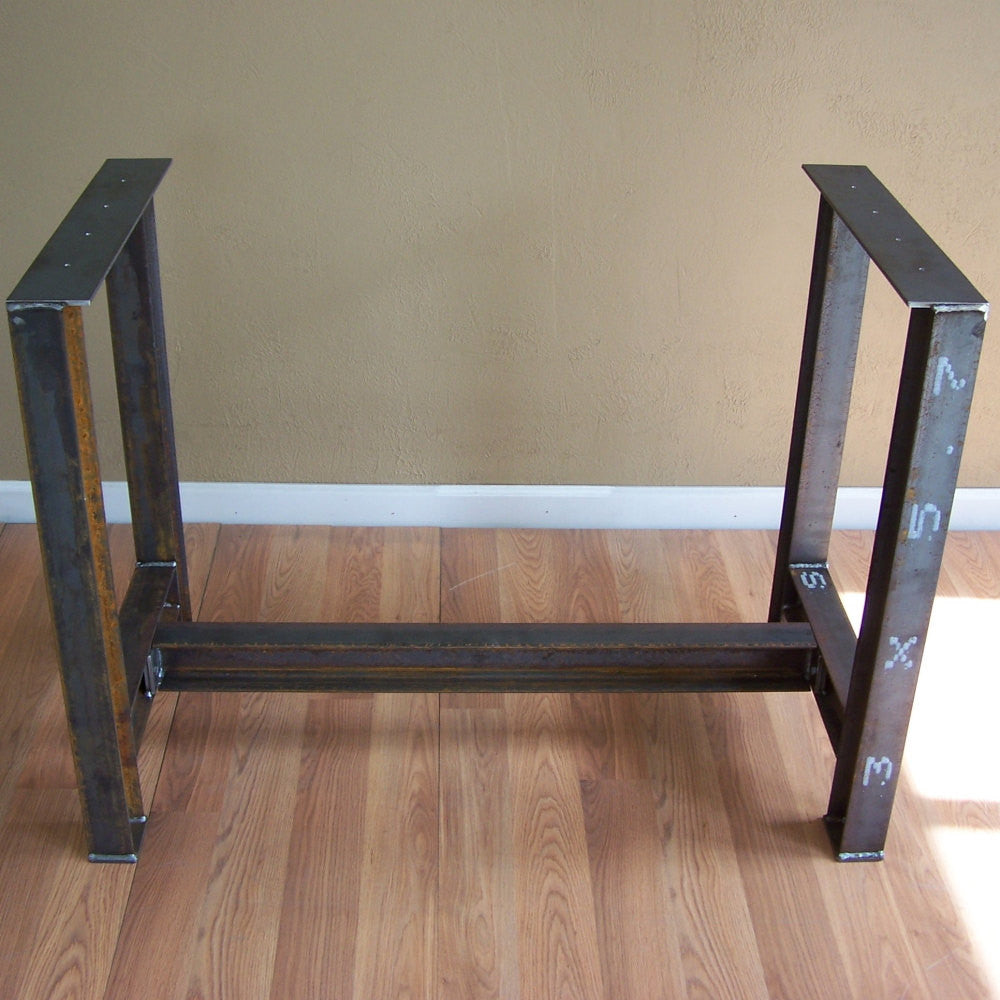Customize Your Kitchen Look with Special Legs For Kitchen Island Options
Customize Your Kitchen Look with Special Legs For Kitchen Island Options
Blog Article
Vital Factors to Consider When Choosing Legs For Cooking Area Island
Choosing the appropriate legs for a cooking area island entails a cautious assessment of several elements that can dramatically influence both performance and aesthetic allure. As we discover these aspects, it becomes clear that each decision can have far-reaching ramifications for the total kitchen area experience.
Product Options
When choosing legs for a kitchen area island, understanding the various product alternatives is vital for accomplishing both aesthetic charm and structural honesty (Legs For Kitchen Island). The option of material significantly affects not just the toughness of the island however likewise its overall layout and performance
Steel legs, often made from stainless steel or functioned iron, contribute a commercial and contemporary feeling while making certain longevity and security. These materials are immune to use and can support substantial weight, making them ideal for bigger islands.
One more alternative is engineered materials, like MDF or plywood, which can be a lot more affordable while still providing a range of finishes. Nevertheless, they might not offer the very same level of security as solid wood or steel. Materials such as acrylic or glass can create a modern look, though they might need extra assistance to guarantee security.
Eventually, the selection of material for kitchen area island legs need to straighten with the preferred performance and the total motif of the kitchen area.
Design and Design

When taking into consideration design, the shape and coating of the legs are critical. Conical legs can provide a feeling of lightness and elegance, while thicker, extra robust legs can convey toughness and security. In addition, the finish-- be it repainted, stained, or all-natural-- must complement the kitchen cabinetry and kitchen counter materials to create a unified look.
Moreover, the design of the legs can additionally show individual taste. Customized or decorative legs, such as those including detailed carvings or unique geometric shapes, can work as centerpieces, including personality and personality to the cooking area. Inevitably, the ideal choice will not just enhance performance but likewise raise the aesthetic appeal, making the cooking area island a standout attribute of the home.
Elevation Considerations
Choosing the proper elevation for kitchen area island legs is crucial, as it directly influences both performance and convenience. The basic elevation for a kitchen island normally varies from 36 to 42 inches, lining up with usual countertop heights.

It is additionally vital to represent customers' choices and elevations. Personalizing the elevation can make certain a comfy experience for all relative, making the kitchen island a more delightful and practical area.
Weight Support
Making certain sufficient weight support for cooking area island legs is important for both safety and security and performance. The kitchen island usually additional hints serves multiple functions, including food prep work, dining, and extra storage, requiring a robust support framework. When selecting legs, it is critical to think about the total weight capability called for based on the island's meant usage and the materials that will certainly be positioned on it.
The option of product for the legs plays a considerable duty in their weight-bearing capabilities. Strong timber, metal, and durable compounds generally supply superior stamina contrasted to lighter materials. Additionally, the style of the legs-- whether they are right, tapered, or have a pedestal form-- can influence their capacity to distribute weight efficiently throughout visit the site the framework.
Constantly consult the manufacturer's specifications concerning load limits to guarantee that the legs can sustain the intended weight without compromising safety. In recap, picking cooking area island legs with appropriate weight assistance is vital for producing a risk-free and functional cooking area.
Setup and Maintenance
Proper installment and upkeep of kitchen area island legs are vital for guaranteeing longevity and security. To start, it is important to comply with the manufacturer's guidelines throughout setup. This frequently involves safeguarding the legs to the island base using ideal bolts, guaranteeing that the legs are degree and lined up. Utilizing a degree tool can help protect against wobbling and boost the general aesthetic allure of the kitchen area island.
As soon as mounted, normal maintenance is essential to maintain the integrity and look of the legs - Legs For Kitchen Island. For wooden legs, routine cleaning with a moist fabric and application of appropriate timber polish can protect against dampness damage and keep their coating. Steel legs might need a gentle cleansing remedy to get rid of oil and grime, adhered to by a completely dry towel to stop rust development
Furthermore, evaluate the legs routinely for indications of wear or damages, such as splits or loosened joints. Tightening up screws or bolts as needed can additionally prolong the life expectancy of the legs. By adhering to these installment and upkeep techniques, homeowners can make certain that their kitchen island remains sturdy and aesthetically appealing for many years ahead.
Conclusion

Visual coherence is paramount in choosing the design and layout of legs for a kitchen island, as these elements considerably affect the total ambiance of the space. Tapered legs can supply a feeling of agility and style, while thicker, more robust legs can communicate stamina and security.Picking the ideal elevation for kitchen island legs is essential, as it directly affects both performance and convenience. In summary, choosing kitchen area island legs with ample weight assistance is crucial for creating a functional and safe culinary room.
In verdict, picking legs for a cooking area island demands mindful consideration of numerous aspects, consisting of material choices, style, height, weight assistance, and installment.
Report this page